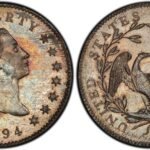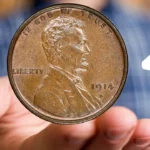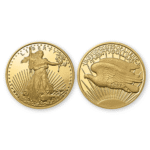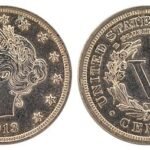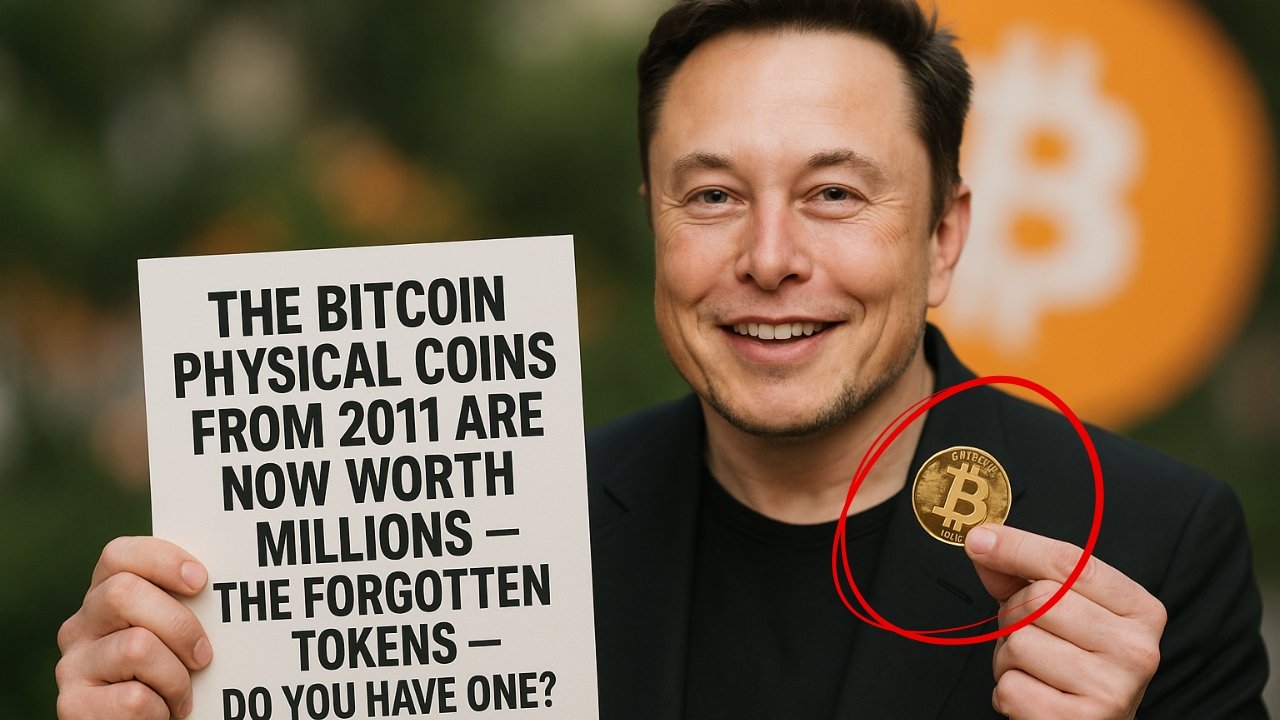
There’s a saying in the crypto world — “Not your keys, not your coins.” But back in 2011, a handful of tech enthusiasts thought differently. They believed you could hold Bitcoin in your hand — literally. And guess what? Some of those early physical Bitcoins have just resurfaced, and their value today is jaw-dropping.
Yes, those shiny brass-like tokens that once sold for under $20 are now being valued in the millions of dollars each. So, what exactly are these mysterious coins? Who made them? And why are collectors now fighting to get their hands on one? Let’s take a deep dive.
The Story Behind the 2011 Bitcoin Physical Coins
Back in 2011, a man named Mike Caldwell, a software engineer from Utah, came up with an idea that would blend the physical world with the digital one. He called his creation Casascius Coins — tangible coins that stored Bitcoin inside them.
Each coin contained a tamper-proof hologram on the back, under which was a private key that granted access to a certain amount of Bitcoin. Think of it like a digital treasure chest, but sealed inside a shiny metal shell.
These coins came in various denominations — 1 BTC, 5 BTC, 10 BTC, 25 BTC, 100 BTC, and even 1,000 BTC versions. Back then, Bitcoin was worth less than $10, so people saw them as novelty items, not investments. Fast forward to today, and a single 1 BTC Casascius coin could easily sell for over $60,000 (and even more as collectibles).
Why They’re Worth Millions Today
Here’s where it gets fascinating. Many of these physical Bitcoins were never “redeemed.” Meaning, their holograms remain intact — and so does the Bitcoin inside.
Collectors and investors now value them not just for the BTC they hold, but for their historical rarity and untouched condition. It’s like finding an original Apple computer signed by Steve Jobs — rare, nostalgic, and incredibly valuable.
In fact, several of these coins have recently appeared at high-profile auction houses, where bids have gone absolutely wild. For example:
| Type of Coin | Year Minted | Bitcoin Stored | Current Estimated Value (USD) | Why It’s Valuable |
|---|---|---|---|---|
| Casascius 1 BTC Brass Coin | 2011 | 1 BTC | $65,000+ | Historic collectible, early BTC |
| Casascius 5 BTC Coin | 2011 | 5 BTC | $325,000+ | Rarity and pristine hologram |
| Casascius 25 BTC Coin | 2011 | 25 BTC | $1.6 Million+ | Large denomination, sealed |
| Casascius 100 BTC Gold Coin | 2011 | 100 BTC | $6.2 Million+ | Ultra-rare, limited issue |
| Casascius 1,000 BTC Bar | 2011 | 1,000 BTC | $62 Million+ | Legendary, only a few made |
Some of these coins are even museum-worthy, symbolizing a time when Bitcoin was more experiment than empire.
The Catch — U.S. Authorities Stepped In
As Casascius Coins grew popular, regulators began paying attention. By 2013, the U.S. Financial Crimes Enforcement Network (FinCEN) ordered Caldwell to stop selling loaded coins, claiming it fell under “money transmission.”
So, he had to stop embedding Bitcoin in new coins. That’s why the original 2011–2013 batches became even rarer — there will never be more. The total number of funded Casascius coins minted? Around 27,000. And only about 19,000 remain sealed to this day.
That scarcity has transformed them from novelty tokens into million-dollar collector’s items.
Why Collectors and Crypto Fans Are Obsessed
There’s something deeply poetic about these coins. They represent the bridge between the physical and digital — a time when Bitcoin was still a wild experiment.
Collectors love the nostalgia. Investors love the scarcity. And crypto purists admire the philosophy behind it — the idea that money could exist outside the system.
And to be fair, holding one of these coins feels like owning a piece of the internet’s financial history. You’re not just holding Bitcoin — you’re holding Bitcoin’s origin story.
So, How Many Are Still Out There?
According to blockchain trackers, the number of unredeemed Casascius coins is shrinking each year as some owners “peel” the holograms to access the Bitcoin.
But those who haven’t touched them are sitting on gold — or more accurately, on a brass coin worth millions.
Experts predict the value of intact physical Bitcoins will continue to rise, especially as Bitcoin becomes more mainstream and historic collectibles gain cultural importance.
The rediscovery of these 2011 Bitcoin physical coins feels like a modern-day treasure hunt. What was once seen as a geeky gimmick has turned into a multi-million-dollar artifact of digital history.
So if you ever find an old brass coin with a hologram and the word “Casascius” engraved on it — don’t toss it in a drawer. You might just be holding one of the most valuable relics of the crypto revolution.
FAQs
1. What are Casascius Coins?
Casascius Coins are physical Bitcoin tokens created by Mike Caldwell between 2011 and 2013, each containing real Bitcoin stored under a tamper-proof hologram.
2. How can I tell if a coin still holds Bitcoin?
If the hologram on the back is intact and unpeeled, it likely still contains the Bitcoin. Once peeled, the BTC has been redeemed.
3. Are these coins legal to own or sell?
Yes, owning or selling them as collectibles is legal. However, creating new loaded coins today violates U.S. financial regulations.
4. How much are they worth now?
Depending on denomination and condition, prices range from $60,000 to several million dollars.
5. Can I still buy one?
Yes, but they’re extremely rare. They occasionally appear at major auction houses or specialized crypto memorabilia marketplaces.
